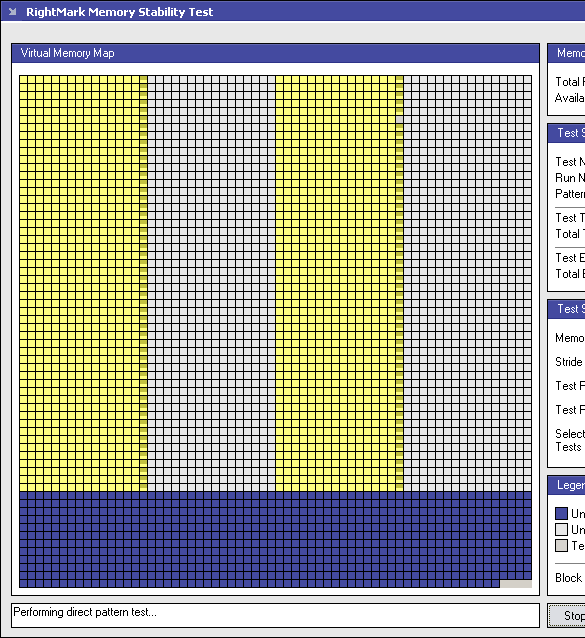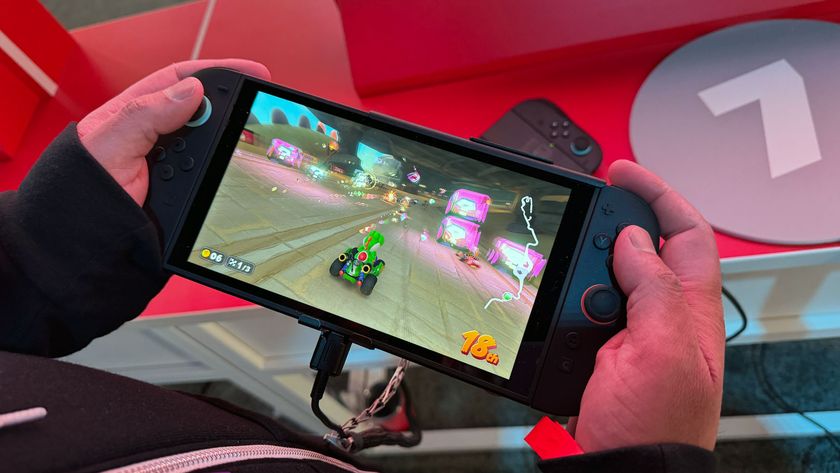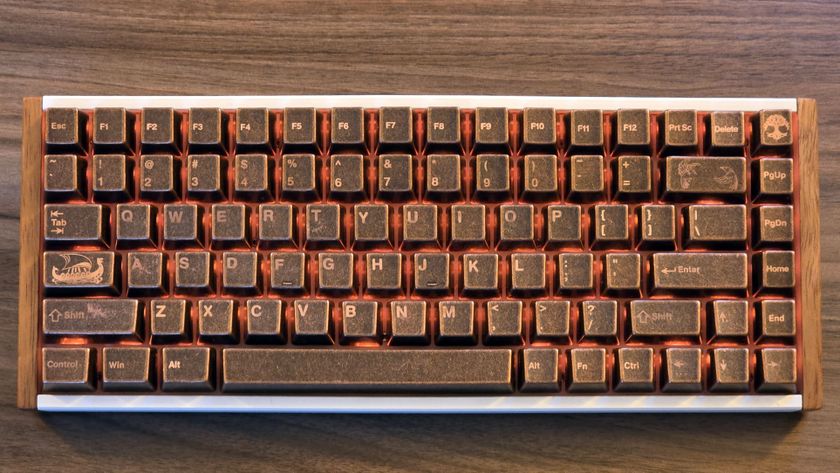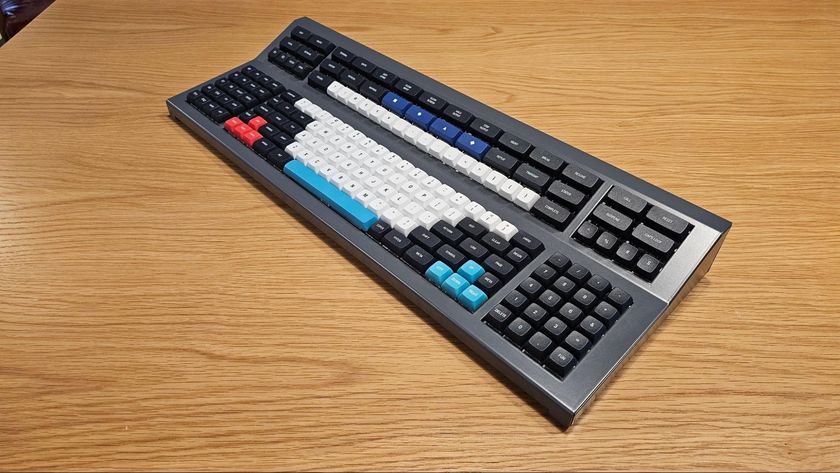In Search of True DDR2 Bleeding Edge Memory
Two DRAM Sides Are Better Than One
As PC enthusiasts know, many modules of the same size come in both one- and two-sided versions. It's a good idea to buy double-sized modules whenever possible, because they have a built-in speed advantage over their single-sided brethren. In addition, there are now numerous Intel chipsets with DDR2 support under development that will treat both sides of a memory module together in a kind of RAID relationship. The resulting speed advantage is on the order of 2%, and was measured in the THG labs. In fact, using four single-sided memory modules doesn't help, and doesn't produce the same effect. By comparison with double-sided memory modules, measured performance actually decreases when using single-sided modules.


The chipset memory control works with two single-sided modules in dual-channel use.


With two double-sided modules, the Intel chipset can actually run four sides (memory banks) in parallel.
An overview of speed improvements based on chip size and placement:
| Sides Speed (CL 5.0-5-5-15) FSB 1066 | |||
| Sides | Read | Write | Latency |
| 4 (2 Module) | 7320 MB/sec | 2157 MB/sec | 83.9 ns |
| 2 (2 Module) | 7225 MB/sec | 2118 MB/sec | 83.5 ns |
| 4 (4 Module) | 7058 MB/sec | 2093 MB/sec | 89.3 ns |
| 3 (3 Module) | 5130 MB/sec | 1698 MB/sec | 84.2 ns |
| 1 (1 Module) | 5123 MB/sec | 1672 MB/sec | 84.4 ns |
| Sides | Read | Write | Latency |
| 4 (2 Module) | 142.9% | 129.0% | 99.4% |
| 2 (2 Module) | 141.0% | 126.7% | 98.9% |
| 4 (4 module) | 137.8% | 125.2% | 105.8% |
| 3 (4 module) | 100.1% | 101.6% | 99.8% |
| 1 (1 module) | 100% | 100% | 100% |
It was also interesting to observe that double-sided 512 MB modules were slightly thinner although they were produced with 110-nm fab technology. However, this also results in a somewhat lower potential for overclocking. In any case, our measurements show that speed appears to be independent of the number of memory modules paired up on a motherboard. A PC enthusiast can therefore populate a motherboard with either 2 or 4 GB of DRAM, without really impacting performance.

Some DDR2 modules come with heatsinks attached. These only look good, because their memory chips use either 110-nm or 90-nm processes and don't need additional cooling.
Stay On the Cutting Edge: Get the Tom's Hardware Newsletter
Get Tom's Hardware's best news and in-depth reviews, straight to your inbox.
Current page: Two DRAM Sides Are Better Than One
Prev Page DDR2 Parts Details Next Page BIOS Settings To Boost PerformanceTom's Hardware's dedicated news crew consists of both freelancers and staff with decades of experience reporting on the latest developments in CPUs, GPUs, super computing, Raspberry Pis and more.













